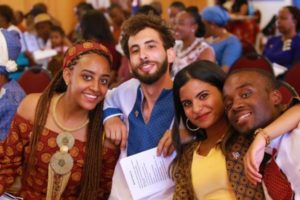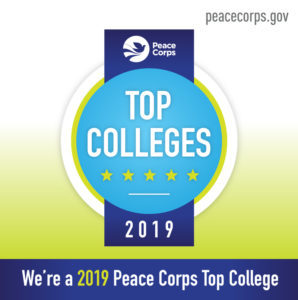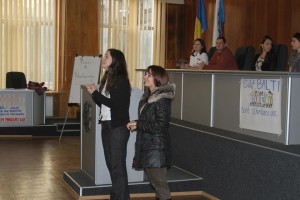
University of Mary Washington ranked among the Peace Corps’ top 10 volunteer-producing schools for 2025 in the small college category.
With five University of Mary Washington alumni currently serving in the Peace Corps across Albania/Montenegro, Cambodia, Costa Rica, Senegal and Timor-Leste, UMW’s commitment to public service and global engagement continues to thrive. That dedication has earned the University a spot among the Peace Corps’ top 10 volunteer-producing schools for 2025 in the small college category – a distinction shared by a select group of institutions with fewer than 5,000 undergraduates.
“Peace Corps service embodies many of UMW’s core values, like creating meaningful connections, civic engagement, intercultural competence and collaboration,” said UMW Education Abroad Coordinator Caitie Cavalier. “I’m incredibly proud of this achievement and of our students who continue to live out these values during, and well beyond, their time at Mary Washington.”
UMW has a longstanding record of service, appearing on the Peace Corps’ volunteer-producing colleges list regularly since 2005. More than 270 Mary Washington alumni have served since the agency was established in 1961.
UMW’s Peace Corps Prep Program, which is part of the Center for International Education, helps undergraduates prepare for future international service roles. The program focuses on building competencies critical to intercultural fieldwork, including sector-specific training, foreign language proficiency, intercultural competence and leadership development. According to Cavalier, “In today’s ever-connected world, global experiences are more important than ever.”
Class of 2025 graduate Jessica Oberlies will soon add to the Eagle tradition of service when she travels to the Philippines this summer to serve as a coastal resource volunteer for the Peace Corps. Read more.





